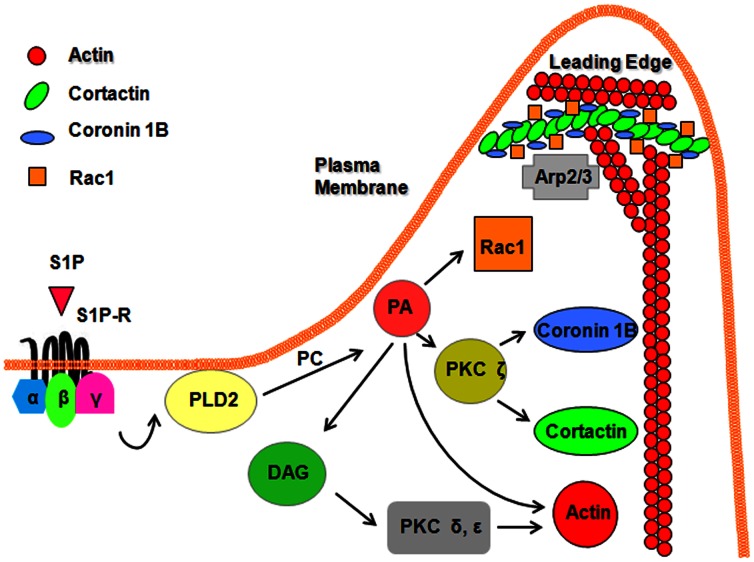Figure 10. Proposed signaling mechanisms involved in S1P-induced lamellipodial localization of Coronin 1B, Cortactin and chemotaxis of human lung endothelial cells.
S1P binding to G-protein coupled S1P1-5 receptors activates PLD2 via PKC δ and ε and activation of PLD2 results in hydrolysis of membrane associated phosphatidylcholine (PC) to phosphatidic acid (PA) and phospho-choline. PA can be converted to DAG by PA-phosphatases or can activate PKC ζ via of phosphatidylinositol-4-phosphate-5kinase activation. Activation of PKC ζ results in redistribution of Coronin 1B and Cortactin to cell periphery and localization in lamellipodia of endothelial cells. PA can directly bind to and activate Rac1 and formation of actin stress fibers. Additionally, PLD2 has guanine nucleotide-exchange factor (GEF) activity for Rho and can regulate actin stress fibers in a manner independent of its lipase activity. S1P-induced activation of PKC δ/ε → PLD2/PA → PKC ζ → Rac1 signaling cascade facilitates recruitment of Coronin 1B, Cortactin and Actin to lamellipodia and chemotaxis of endothelial cells.

